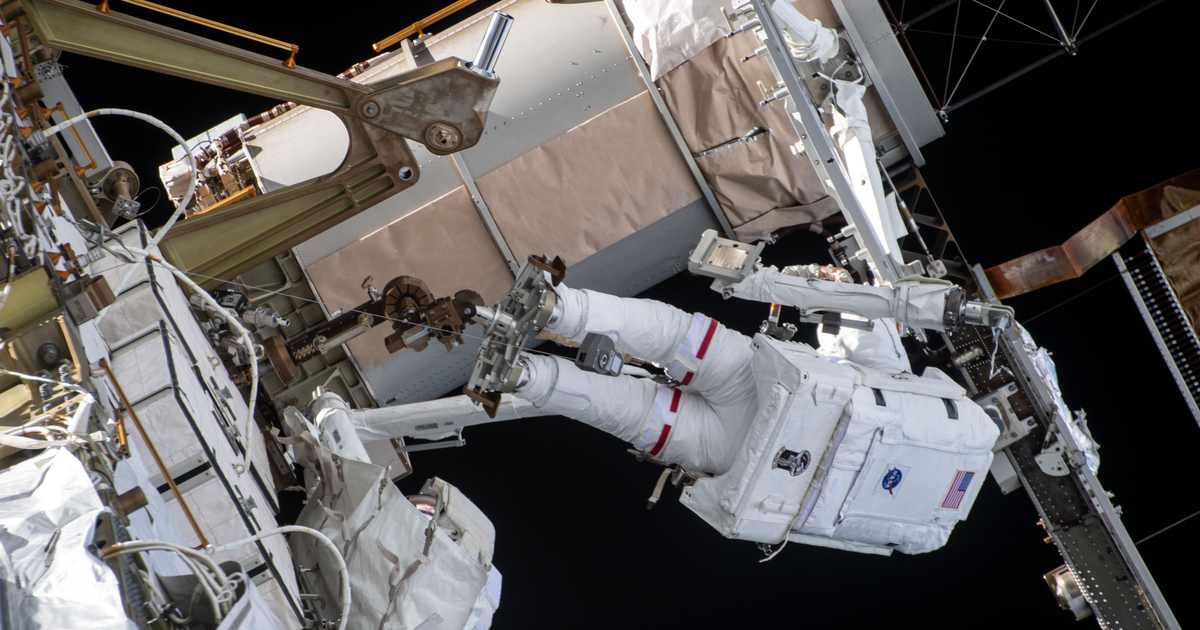
NASA wants to return to the moon and send humans to Mars. On Friday, the Biden-Harris Administration proposed a $24.7 billion NASA budget to keep those plans rolling.
The White House’s budget puts more emphasis on a broader set of scientific goals than Trump, who focused on the more splashy Artemis mission to the moon, which would set the stage for putting humans on Mars.
It’s great news for missions like the Roman Space Telescope, which got the bump from Trump. But more money for other projects means possibly putting Artemis milestones on a more distant and realistic timeline.
“The president’s discretionary request increases NASA’s ability to better understand Earth and further monitor and predict the impacts of climate change,” acting NASA administrator Steve Jurczyk said in a statement. “It also gives us the necessary resources to continue advancing America’s bipartisan Moon to Mars space exploration plan, including landing the first woman and first person of color on the Moon under the Artemis program.”
In 2021, Trump proposed $25.2 billion for NASA while simultaneously cutting programs like the SOFIA flying observatory. Congress ultimately approved $23.3 billion, allocating some of that money to missions that were targeted by Trump for cuts.
By coming out with a proposal that aligns more closely with what Congress will likely approve, the Biden administration is allowing NASA to plan ahead and work more efficiently, said Casey Dreier, senior space policy adviser and chief advocate of the Planetary Society, on a phone call.
“There’s been this dance in many administrations where they’ll cut the STEM education program or they’ll cut a popular astrophysics mission, and Congress will always put the money back,” he said. “Until Congress passes a budget, the administration and office that manages the budget … have to assume the money’s not going to be there for their budgeting purposes, so that’s not good for scientific productivity, cost effectiveness, efficiency and so forth.”
Essentially, he said, “It allows NASA to do its job.”
Dreier noted that this short proposal lacks details — full budget breakdowns are hundreds of pages long — but has some notable, promising inclusions.
The proposal highlights funding for NASA’s STEM education program, climate science missions, bringing a Martian soil sample to Earth, and research and development of green technology. While a bit diminished, Artemis is still a major focus.
Under Trump, the original Artemis plan pegged 2024 as the year humans would return to the moon. But between now and then, a lot of testing and preparation needs get done.
The enacted budget for Artemis in 2021 was around $6.5 billion, and 2022’s proposal sits at $6.9 billion. That’s not as big of a jump as one might expect if NASA was really returning to the moon in just a few years.
“It’s not nothing,” Dreier said. “It’s a healthy amount for the program level, but way lower than you would’ve thought.”
